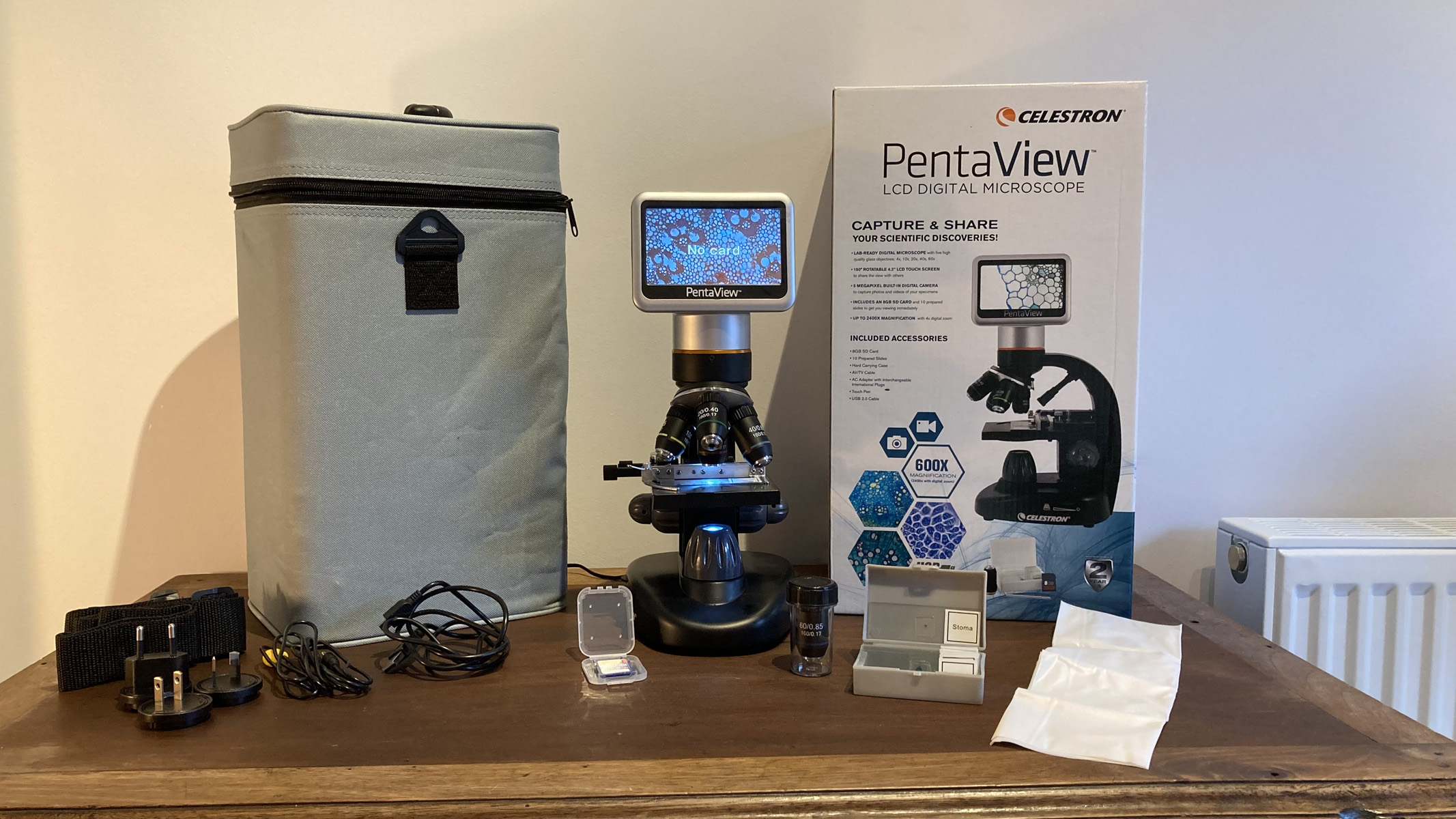Fluids, Vol. 9, Pages 262: Numerical Optimization of Drucker-Prager-Cap Model Parameters in Powder Compaction Employing Particle Swarm Algorithms
Fluids doi: 10.3390/fluids9110262
Authors: Sanaz Davarpanah Madjid Allili Seyed Soheil Mousavi Ajarostaghi
A growing number of scholars are drawn to using numerical approaches powered by computer simulations as a potential solution to industrial problems. Replicating the compaction process in powder metallurgy with accuracy is one such issue. The Drucker-Prager-Cap model requires parameter calibration as the most used method for simulating powder compaction. This paper addresses this issue and presents a new technique for doing so. Utilizing Abaqus software 2020, the compaction process was simulated for the benchmark powder, which is the alloy Ag57.6-Cu22.4-Sn10-In10. The difference between simulation results and experimental data was reduced by applying the Particle Swarm Optimization technique in Python. The suggested approach may accurately forecast the Drucker-Prager-Cap model parameters, as demonstrated by comparing the optimized parameters utilizing the research’s method with their experimental values. The findings revealed how well the suggested approach in this study calibrated the DPC model, yielding three parameters—Young’s modulus, material cohesion, and hydrostatic pressure yield stress—with respective RMSEs of 1.95, 0.12, and 324.64 concerning their experimental values.

 1 month ago
14
1 month ago
14


